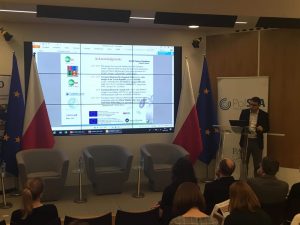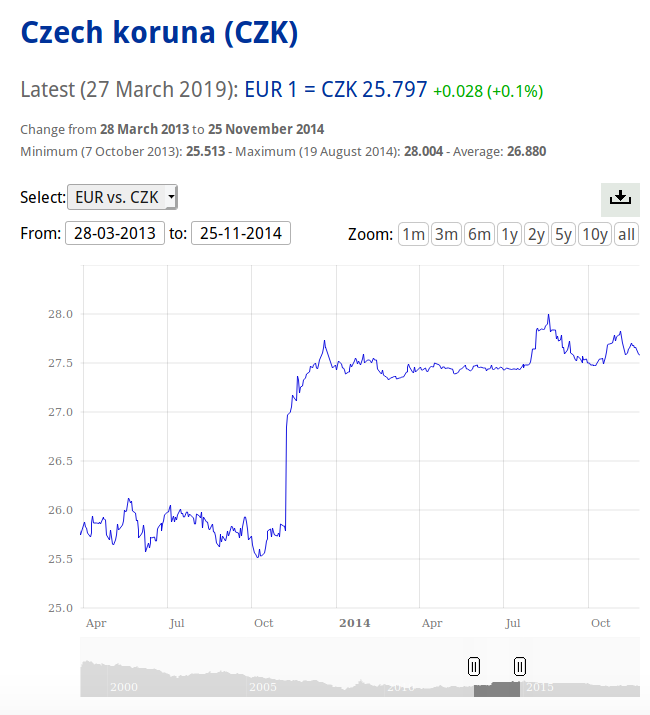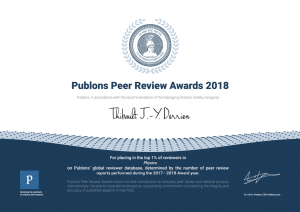Calendar of the ERC Starting Grant 2018
- October 17th 2018: ERC starting grant application “QLARINET” was submitted at the Max Planck Institute for Structure and Dynamics of Matter (Hamburg).
- March 15th 2019: first notification of the status of the project were received.
- April 17th 2019: evaluation reports were made available on the EU portal.
- July 26th 2019: statistics and list of awarded applicants was published on the ERC portal.
Selected panel’s outcome
- “The publication record of PI is very good, academic track includes also wide collaborations, research funding and continuous activity in working on challenging problems.”
- “The driving idea of this proposal is new and courageous, when compared to current methods.”
- “The objectives and the scientific approach are well detailed.”
Selected referees outcomes
- “Both risk and gain are high, yet challenge is admirable”
- “The approach is clearly compatible with research objectives and work packages, proceeding in rational order. Risk is high across entire work schedule.”
- “The scientific approach is brief but clear and well-structured”
- “This is a novel idea, taking a brave step forward compared to existing works”
- “The outlined scientific approach is described in a very detailed manner, and the PI is competent to what he is proposing.”
Short answers to specific points
- To what extent has the PI demonstrated the ability to conduct ground-breaking research? Very good | Very good | Very good
- To what extent does the PI provide evidence of creative independent thinking? Very good | Very good | Very good
- To what extent does the PI have the required scientific expertise and capacity to successfully execute the project? Very good | Excellent | Very good
Optional comments
- “The PI has a very good publication record and he has set a very challenging goal for himself in this project.”
- “A very satisfactory scientific and research track record with many publications, excellent collaborations, funding and research experience.”
Final mark
- B (is of high quality but not sufficient to pass to Step 2 of the evaluation.)
 On this day of initially planned Brexit, the Visegrad 4 consortium organized a day of training on Marie Curie Actions in various representative houses of the EU commission.
On this day of initially planned Brexit, the Visegrad 4 consortium organized a day of training on Marie Curie Actions in various representative houses of the EU commission. After a severe crack in exchange rate between EUR and CZK, national call on the research budget of Czech Republic had been canceled after organizing and concluding on the competition, expertise of institutions, and selections of research teams. As a result, a number of position had been canceled, including mine. However, my post-doc in Germany was already finishing.
After a severe crack in exchange rate between EUR and CZK, national call on the research budget of Czech Republic had been canceled after organizing and concluding on the competition, expertise of institutions, and selections of research teams. As a result, a number of position had been canceled, including mine. However, my post-doc in Germany was already finishing.